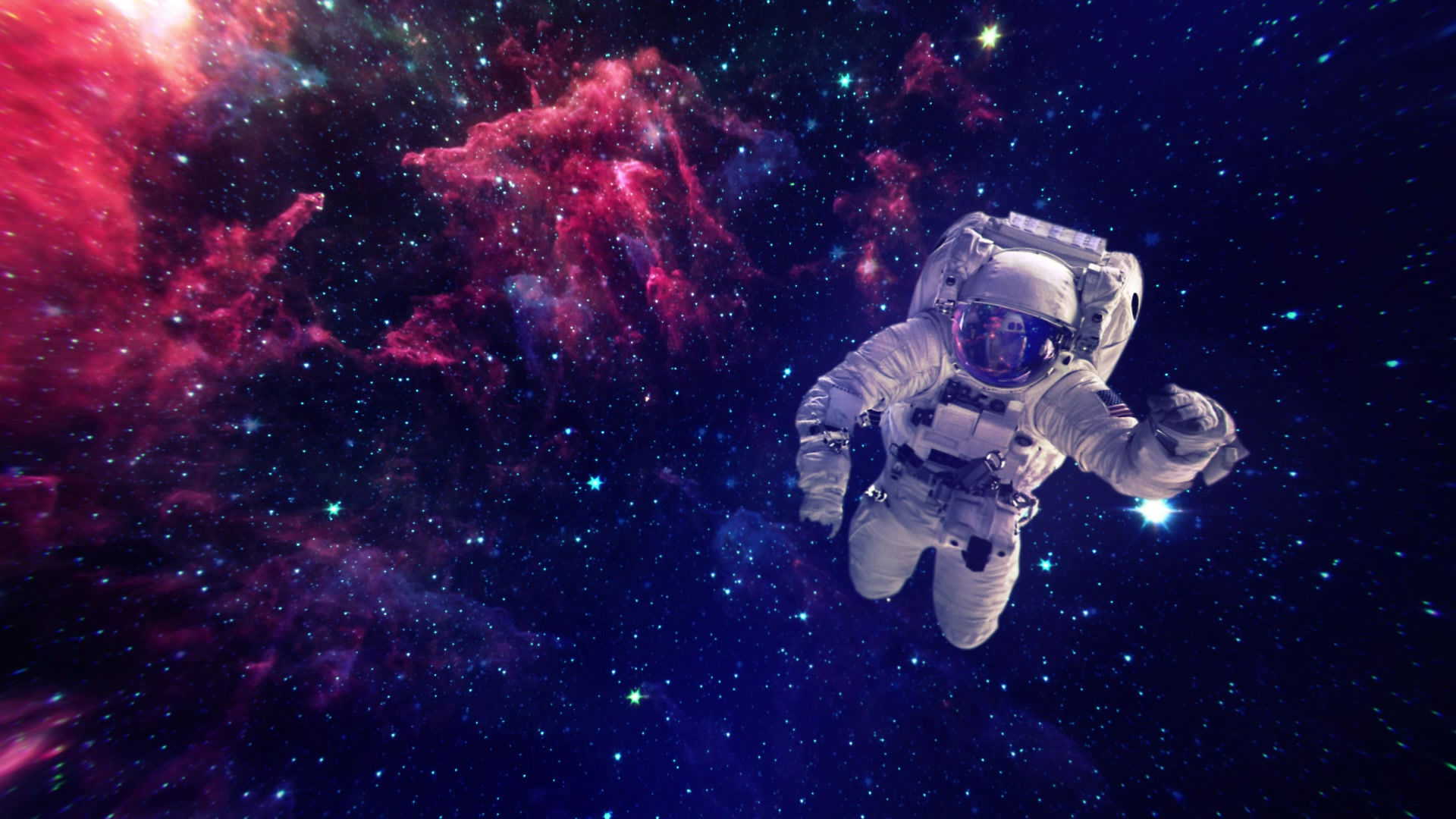
Earth's Crusts
Crust (Lithosphere)
The crust is where humans and animals live and where plants grow, which can reach 870 C. The crust is made up of soil, rocks and minerals and it is 5km thick as a small-scale or 50km in height, the Himalayas is an example of this. The crust is made of an alloy, which contains a combination of nickel, iron, with smaller quantities of other elements such platinum, uranium and gold (these are found in a solid state). This layer is divided into parts, known as tectonic plates; as these plates move, mountains, volcanoes are formed and it can earthquakes occur too.

hydrosphere
This is the surface of the earth, where water is found- in oceans, rivers and lakes etc.
Upper and Lower Mantle
The upper mantle is made up of liquid rock; this can get really hot. It is responsible for moving the tectonic plates, which can cause volcanoes, earthquakes and mountains. The minerals found in the mantle can never be found on the earth’s core because of their divergent temperatures.
Compared to the upper mantle, the lower mantle receives more pressure and heat, which makes its liquid rock run less freely. Furthermore, the pressure on the mantle causes magma to rise up creating volcanoes.
The asthenosphere is a part of the upper mantle and the crust, which has a very high temperature
Inner and Outer Cores
The earth’s core is split into two separate parts, inner core and outer core; they are mainly made up of iron and partly nickel, which are in a liquid form in the outer core and a solid form in the inner core. The temperature of the core can get extremely hot – as hot as the sun’s surface. But it does not melt because of the earth’s pressure is constantly pushing down on it. The outer layer of the earth is liquid due to it having less pressure than the inner core.
